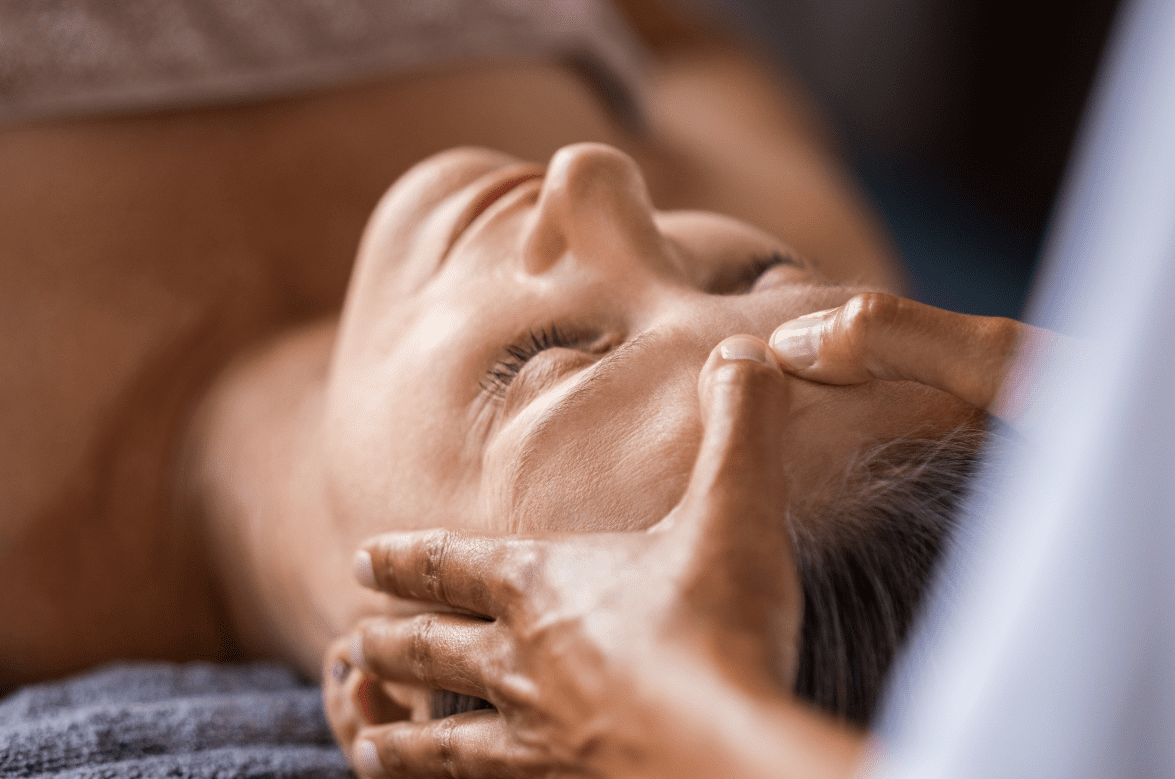Photoaging, the premature aging of the skin caused by repeated exposure to ultraviolet (UV) radiation, is a common concern for us as we age. Unlike natural aging, photoaging results from external factors, primarily sun exposure. This type of aging can lead to various skin changes, including wrinkles, pigmentation changes, and an increased risk of skin cancer.
Here are six tips to help us manage and prevent photoaging in our golden years.
Broad-Spectrum Sunscreen
Regular use of broad-spectrum sunscreen with a minimum SPF of 30 can prevent further photoaging. Broad-spectrum sunscreens protect against UVA and UVB rays, responsible for skin aging and sunburn. We should apply sunscreen daily, even on cloudy days and during winter. For optimal protection, sunscreen should be reapplied every two hours and immediately after swimming or excessive sweating. Mineral-based sunscreens containing zinc oxide or titanium dioxide are particularly beneficial because they block a wide range of UV radiation without irritating our sensitive skin.
Antioxidant creams and serums
Topical antioxidants such as vitamin C, vitamin E, and ferulic acid can help combat the effects of UV radiation on the skin. These ingredients reduce skin cell damage and slow the progression of photoaging. Vitamin C, in particular, is known for its ability to brighten the skin and improve collagen synthesis, thereby reducing the appearance of fine lines and hyperpigmentation. Using serums or creams that contain a stable form of vitamin C can be a valuable addition to our anti-photoaging regimen.
Retinoids for Skin Renewal
Retinoids, vitamin A derivatives, are among the most effective treatments for photoaged skin. They promote cell turnover and collagen production, which helps reduce wrinkles, improve skin texture, and even out pigmentation. Prescription-strength retinoids like tretinoin are highly effective but can be irritating, especially for sensitive skin. Over-the-counter options, such as retinol, are less potent but still beneficial. It’s important to start with a low concentration and gradually increase usage to minimize irritation.
Hydration and Moisturization
Proper hydration and moisturization are vital for maintaining skin health and appearance. Dehydrated skin can highlight the signs of aging, such as fine lines and sagging. A hydrating serum containing hyaluronic acid, followed by a rich moisturizer, can help keep our skin plump and supple. Additionally, drinking adequate water throughout the day supports overall skin hydration from within.
Avoidance of Tanning Beds
Tanning beds emit UVA radiation, penetrating deep into the skin and accelerating aging. Using tanning beds significantly increases the risk of developing skin cancer and accelerates photoaging. We should avoid tanning beds and consider safer alternatives, such as self-tanning products.
Regular Dermatological Check-Ups
Routine visits to a dermatologist are essential for monitoring our skin health and addressing any concerns related to photoaging. Dermatologists can provide personalized advice, perform skin cancer screenings, and offer treatments such as chemical peels, laser therapy, and microdermabrasion to improve the appearance of photoaged skin.
Take Home
Managing photoaging in our golden years requires a comprehensive approach that includes regular use of broad-spectrum sunscreen, incorporating antioxidant creams and serums, utilizing retinoids for skin renewal, maintaining proper hydration and moisturization, avoiding tanning beds, and scheduling regular dermatological check-ups. By adhering to these strategies, we can effectively minimize the effects of UV radiation on our skin, reduce the appearance of aging, and promote overall skin health.

